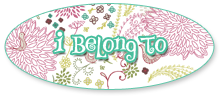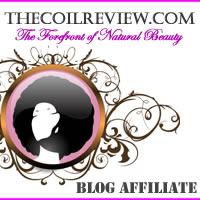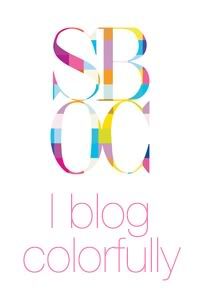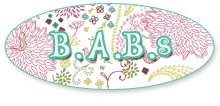As the years progressed, I hadn't had the opportunity to have indulge in one of my favorite deliciousness. When I first came to my building for interviews, I was delighted to learn that there was a bubble tea cart outside. With the last $4 to my name, I decided to reacquaint myself with an old, much missed friend.
I've been at my new job for three days now, and I have had a bubble tea 5 times! LMAO Today, I forced myself to not have one just to prove (to myself) I'm not hooked (I can quit at anytime!)...
From Wikipedia: Bubble tea is a tea beverage shaken with cocktail shaker to produce bubbles, typically served cold. It originated in Taiwan in the 1980s, first spread to nearby East Asian countries, migrated to Canada before spreading to Chinatown in New York City, then to various spots throughout the West Coast of the United States[1].
There are many variants of the drink, depending on types of tea used and ingredients added. The most popular kinds are "bubble black tea (traditional Chinese: 泡沫紅茶; pinyin: pào mò hóng chá; lit. bubble red tea)", "bubble green tea (traditional Chinese: 泡沫綠茶; pinyin: pào mò lyù chá)", and "pearl milk tea (traditional Chinese: 珍珠奶茶; pinyin: zhen zhu nǎi chá)".
In the most common English usage, the name "bubble tea" is often associated with pearl milk tea, as it is the most popular variant of the drink. Pearl milk tea, also known as "boba milk tea", is traditionally made by adding boba balls(made from a mixture of tapioca and carrageenan powder), large or small, to shaken milk black tea. Some tea houses used pre-mixed milk tea to simplify the steps and to reduce cost, thus remove the "shake" part from step and lessen its connection to the "bubble tea" name. This caused some confusion as to what "bubble" is referring to in pearl milk tea.
Bubble teas are generally of two distinct types: fruit-flavored teas, and milk teas. However, some shops offer a hybrid "fruit milk tea." Milk teas may use dairy or non-dairy creamers. Some healthier offers are 100% crushed fruit smoothies with pearls and signature ice cream shakes made from local ice cream sources. Some small cafes offer sweetener substitutes such as honey, agave, stevia, and aspartame upon special request.
The original bubble tea consisted of a hot mixture of Taiwanese black tea, brown large pearl tapioca, condensed milk, and honey. As this drink became more popular, variations were created. Iced versions appeared soon, and then came along green bubble tea which uses jasmine-infused green tea instead of black tea. Peach or plum flavoring began to appear, then more fruit flavors were added until, in some variations, the tea was removed entirely in favor of real fruit. These fruit versions usually contain colored pearls (and/or "jelly cubes" as in the related drink taho), the color chosen to match whatever fruit juice is used. Flavors may be added in the form of powder, fruit juice, pulp, or syrup to hot black or green tea, which is shaken in a cocktail shaker or mixed in a blender with ice until chilled. Cooked tapioca pearls and other mix-ins are added at the end.
Today one can find shops entirely devoted to bubble tea, similar to juice bars of the early 1990s. Bubble tea bars often serve bubble tea using a machine to seal the top of the cup with plastic cellophane. This allows the tea to be shaken in the serving cup. The cellophane is then pierced with a straw. The straw may be brightly colored, and is oversized, large enough for the pearls to pass through. Other cafés use plastic dome-shaped lids.















































No comments:
Post a Comment